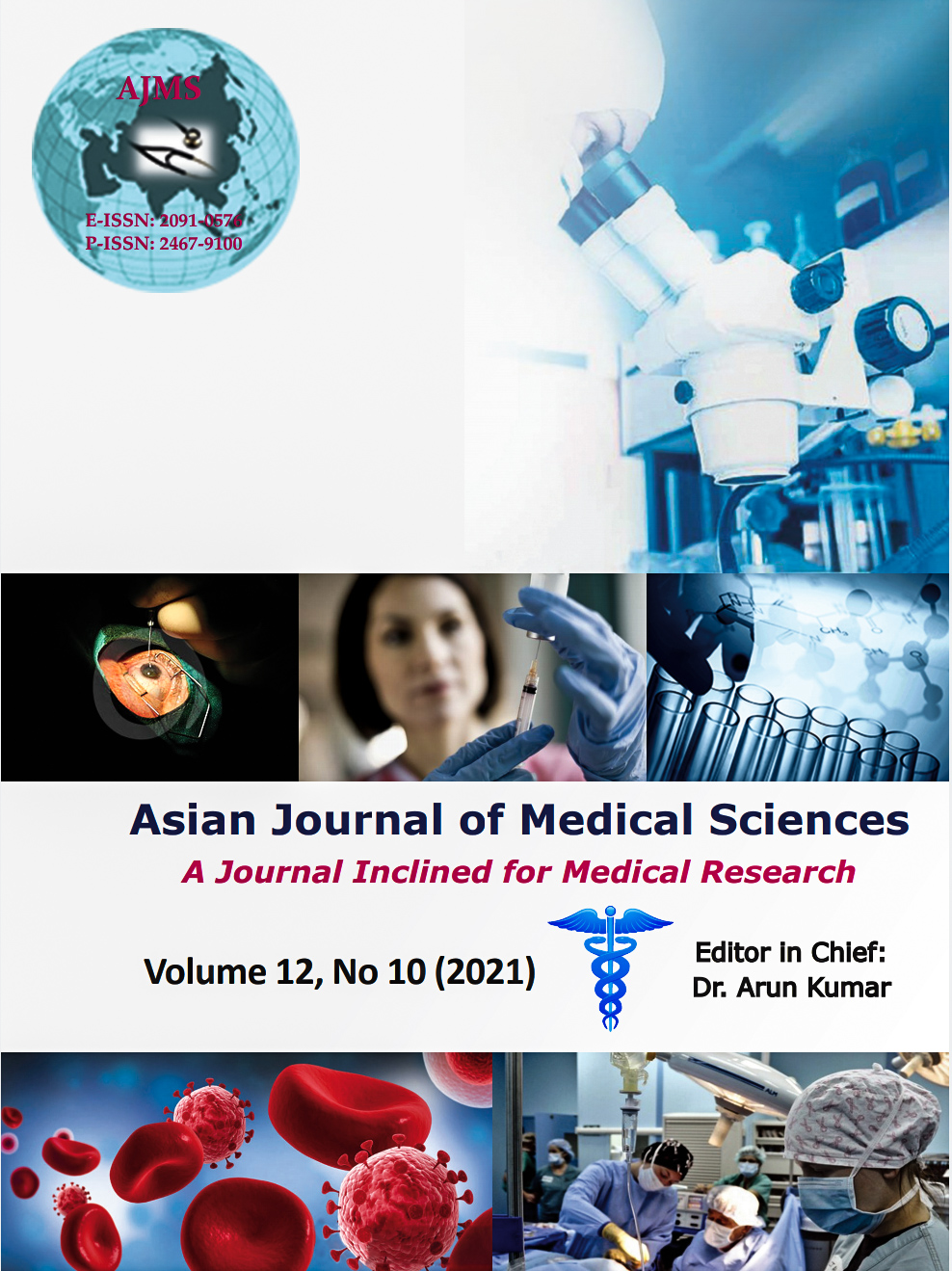Doppler Velocimetry evaluation in high-risk pregnancy for prediction of Preeclampsia
Keywords:
Prediction, Preeclampsia, Umbilical artery Doppler, Uterine artery DopplerAbstract
Background: The uterine and umbilical artery Doppler scan is a valuable tool for evaluation of utero-placental blood flow in pregnancy. They help in detecting uteroplacental insufficiency thus predicting preeclampsia and other effects of faulty placentation which increase the risk of adverse effects on both mother and fetus.
Aims and Objective: This study aimed to evaluate and compare the uterine artery and umbilical artery Doppler indices in second and third trimester for prediction of preeclampsia in high-risk pregnancies.
Materials and Methods: In this prospective observational study done over a years’ time, 50 high-risk pregnant mothers were recruited and the Doppler scans were done at 21-25 weeks and 31-35 weeks. The necessary clinical observations were recorded throughout the antenatal period and the data analysis was done.
Results: Majority (56%) were in 20-29 years range with mean age of 24±6.1 years. Out of the 50 women, 21 had abnormal uterine artery Doppler and 12 had umbilical artery abnormality along with uterine derangement. Preeclampsia developed in 3 of them. The hypertensive disorders of pregnancy were diagnosed in 13 women, preeclampsia in 3, eclampsia in 1and other HDPs in 9. The persistence of notch in uterine artery was observed in 7 women, of these 2 developed PIH. Only one patient had uterine artery PI>1.45 at 24 weeks who subsequently developed preeclampsia. Among 4 patients of preeclampsia and eclampsia, 3 had 2nd trimester uterine and 3rd trimester umbilical Doppler abnormalities and only 1 had normal doppler indices. In 2nd trimester the sensitivity, specificity and PPV are higher for uterine artery PI as compared to umbilical artery PI. Hence, uterine artery doppler seems to be a better screening tool for early prediction of PIH. The third trimester umbilical artery PI with higher specificity (96%) and PPV (50%) can diagnose preeclampsia better. One patient had absent diastolic flow and she developed preeclampsia and IUGR. The combined uterine and umbilical artery doppler is a better screening modality as it has a higher sensitivity (75%) and NPV (99.26%).
Conclusion: The uterine and umbilical artery Doppler velocimetry are potential tools for uteroplacental surveillance of high-risk pregnancies which can identify patients at risk and help in taking timely action to prevent complications.
Downloads
Downloads
Published
How to Cite
Issue
Section
License
Copyright (c) 2021 Asian Journal of Medical Sciences

This work is licensed under a Creative Commons Attribution-NonCommercial 4.0 International License.
Authors who publish with this journal agree to the following terms:
- The journal holds copyright and publishes the work under a Creative Commons CC-BY-NC license that permits use, distribution and reprduction in any medium, provided the original work is properly cited and is not used for commercial purposes. The journal should be recognised as the original publisher of this work.
- Authors are able to enter into separate, additional contractual arrangements for the non-exclusive distribution of the journal's published version of the work (e.g., post it to an institutional repository or publish it in a book), with an acknowledgement of its initial publication in this journal.
- Authors are permitted and encouraged to post their work online (e.g., in institutional repositories or on their website) prior to and during the submission process, as it can lead to productive exchanges, as well as earlier and greater citation of published work (See The Effect of Open Access).




